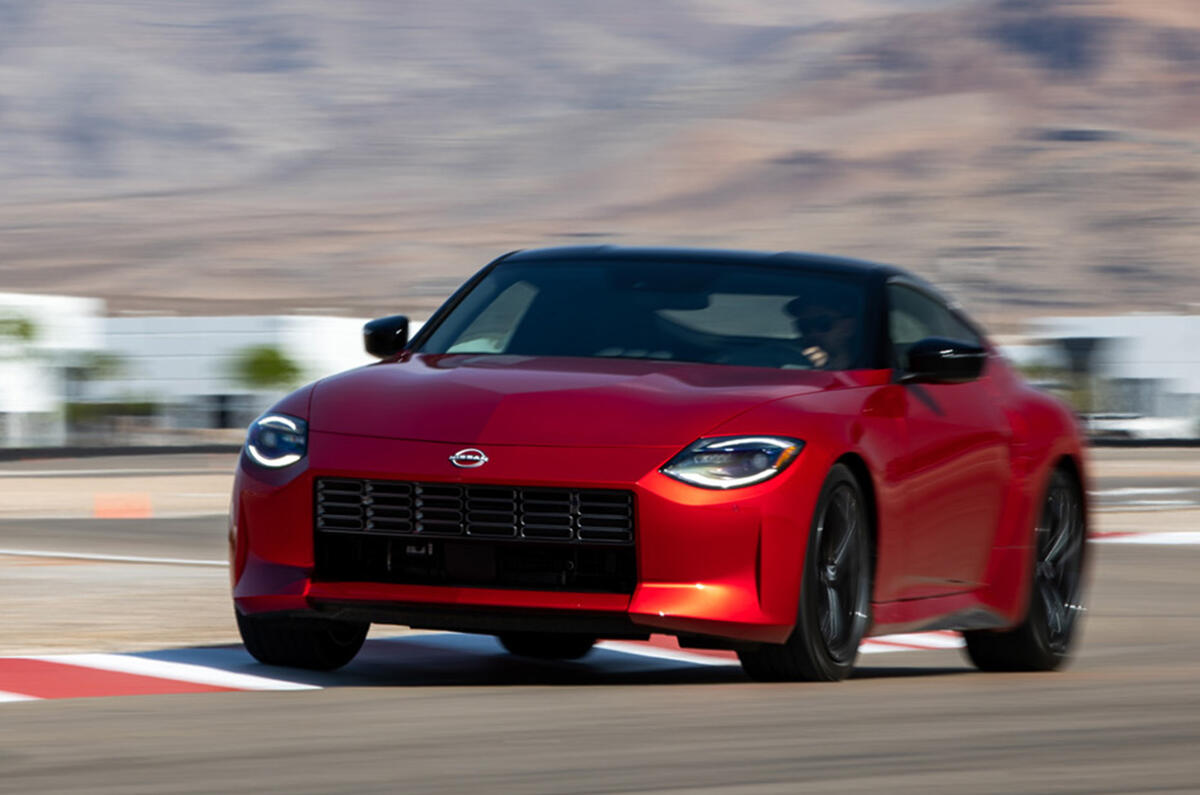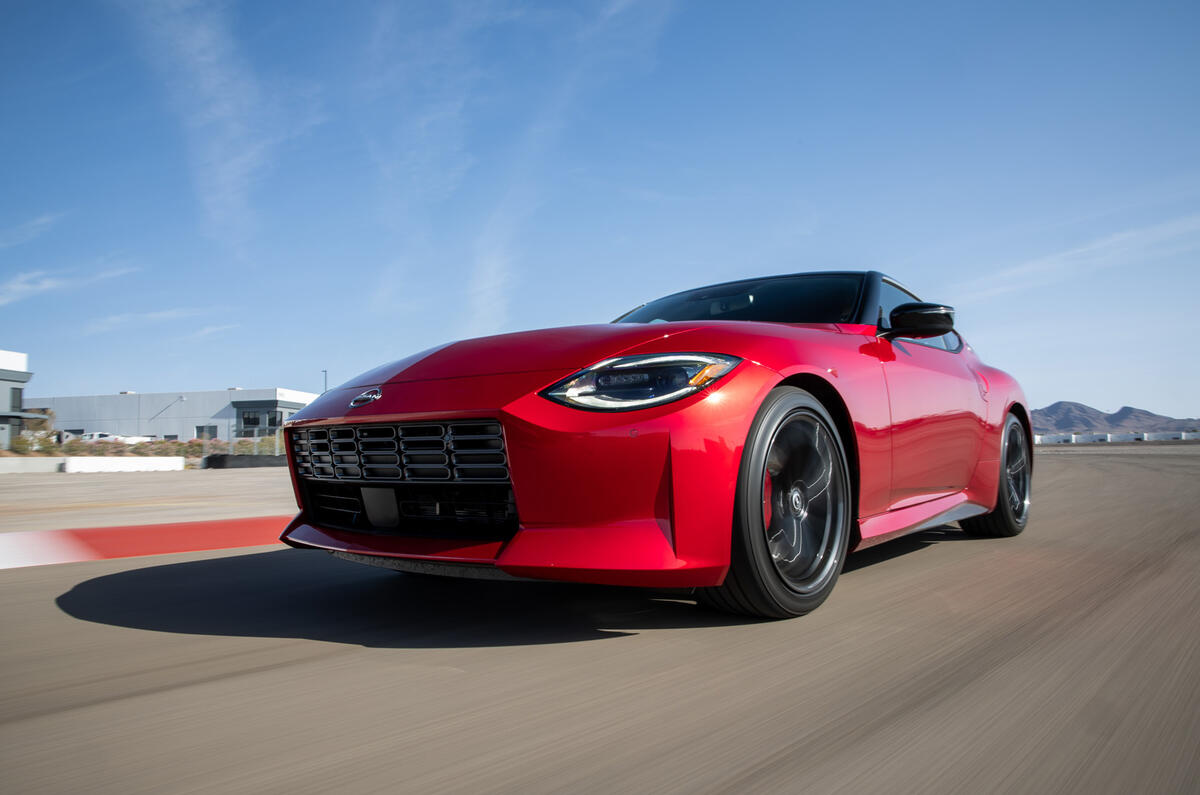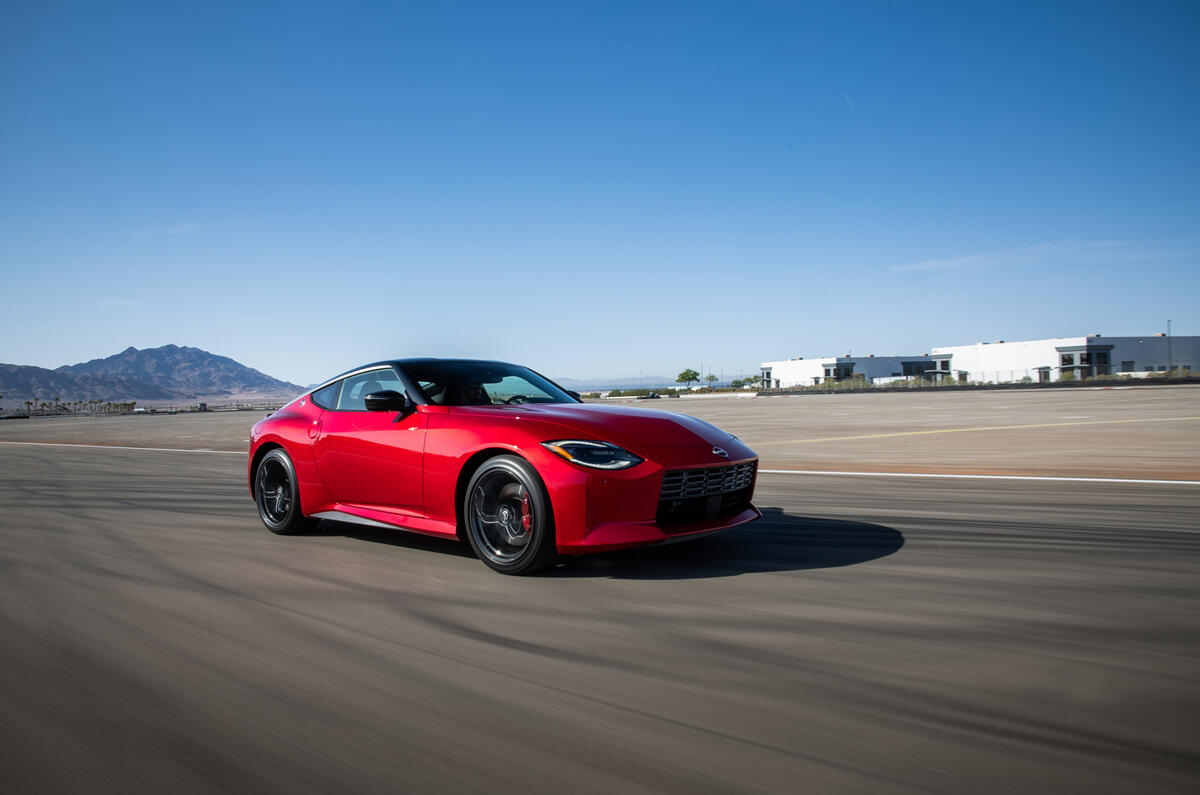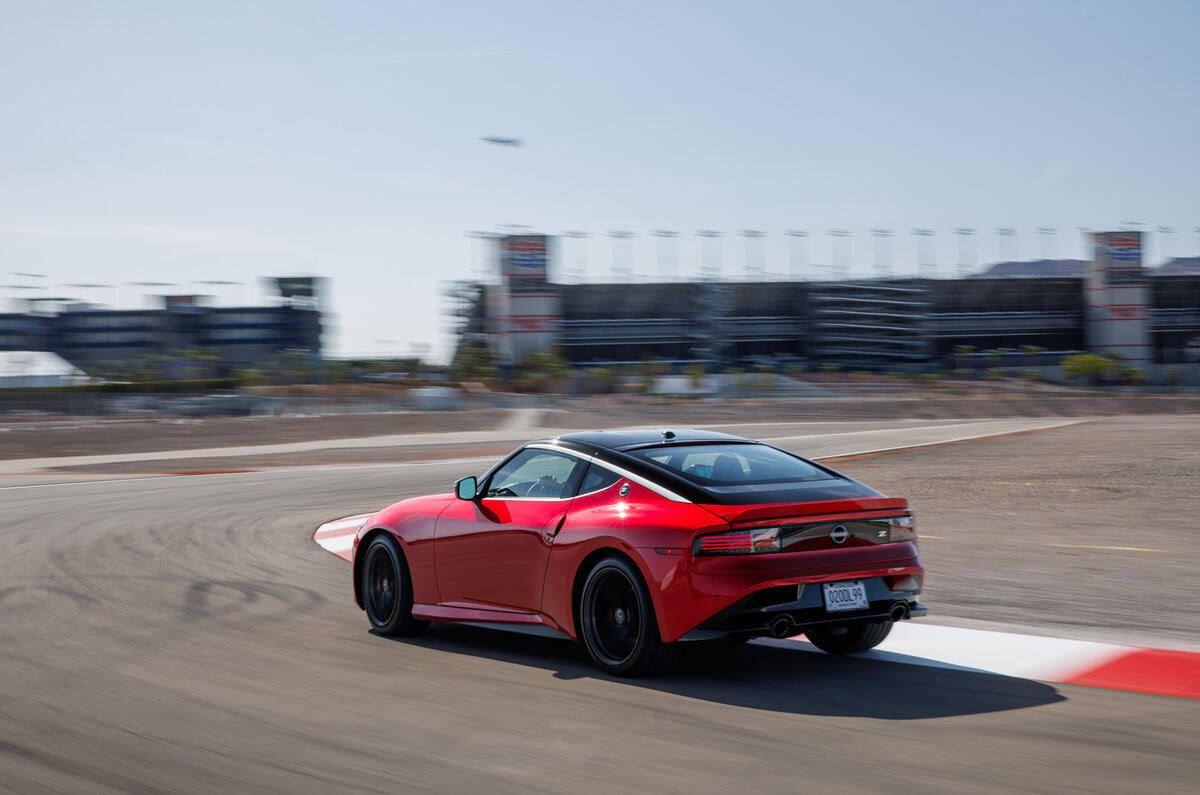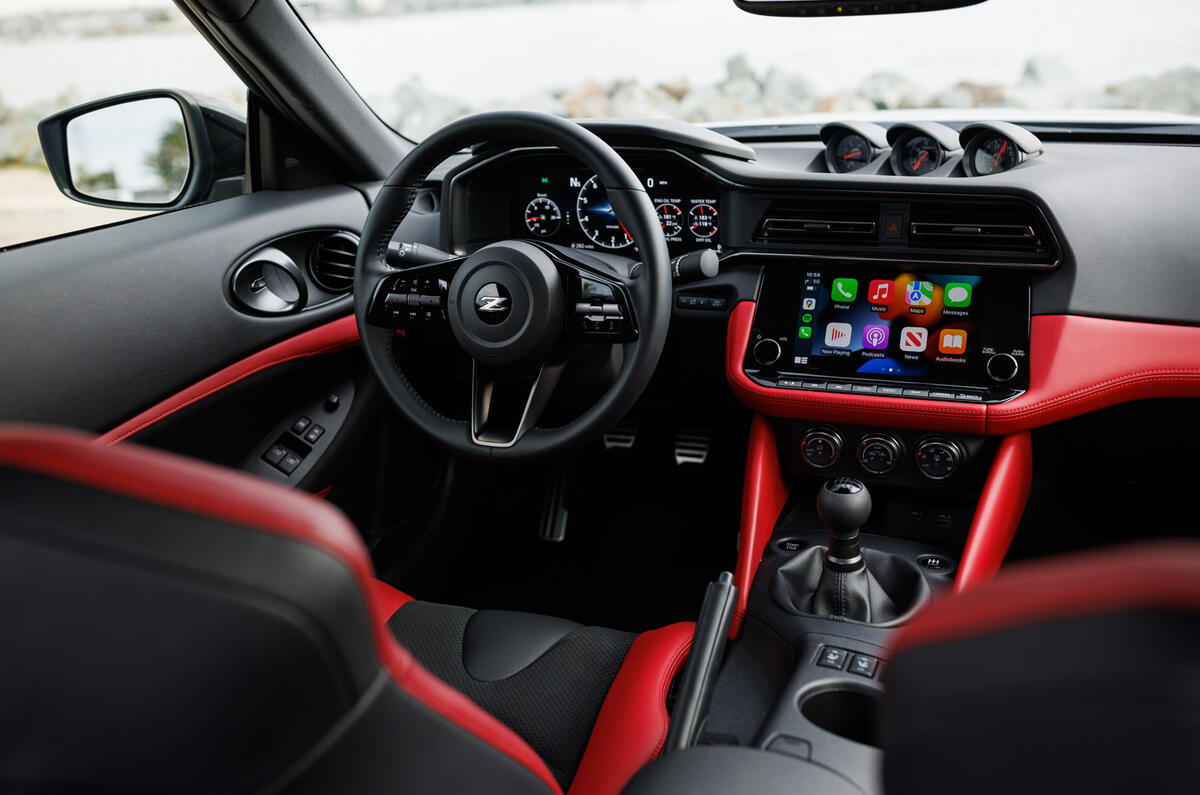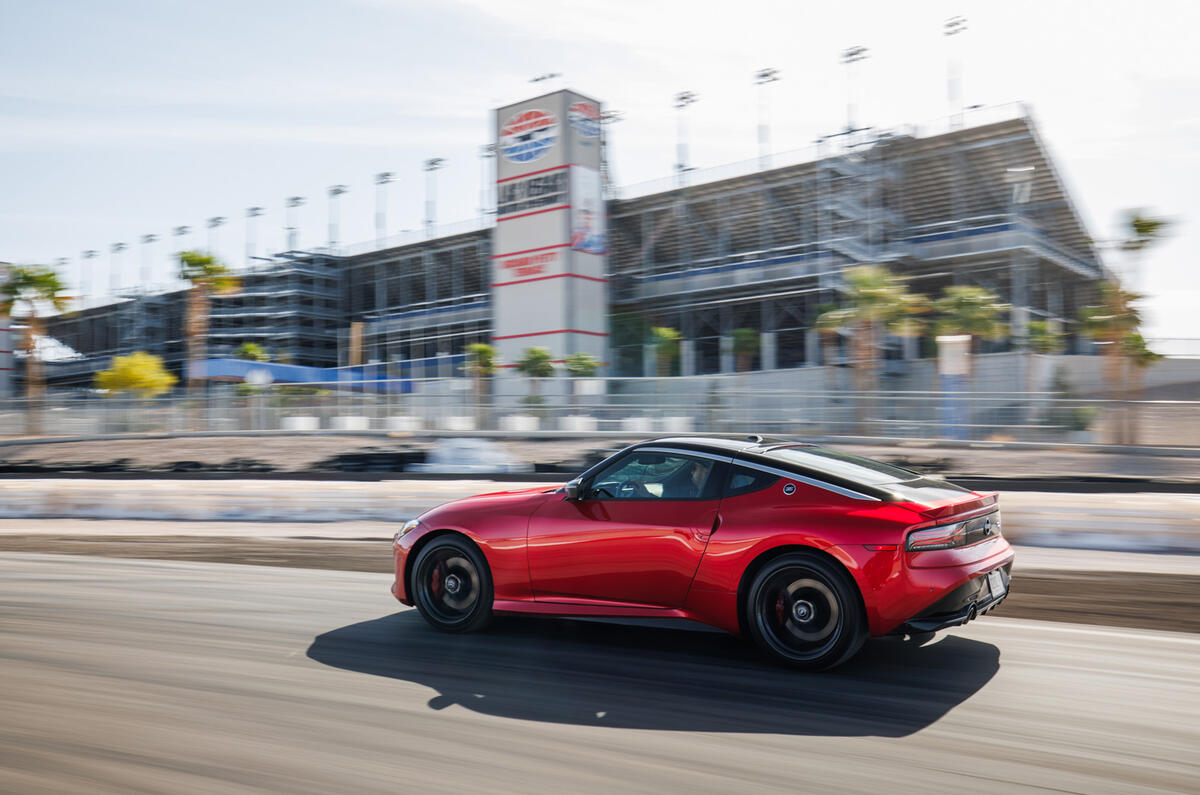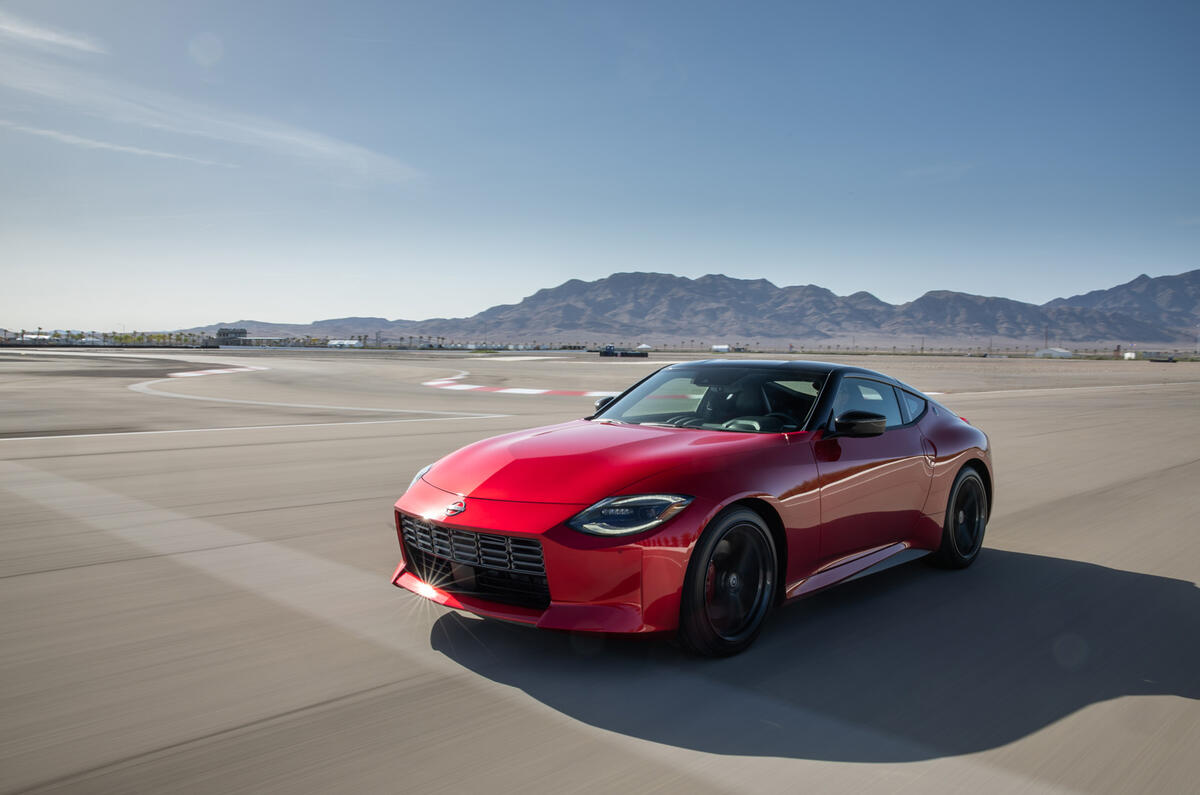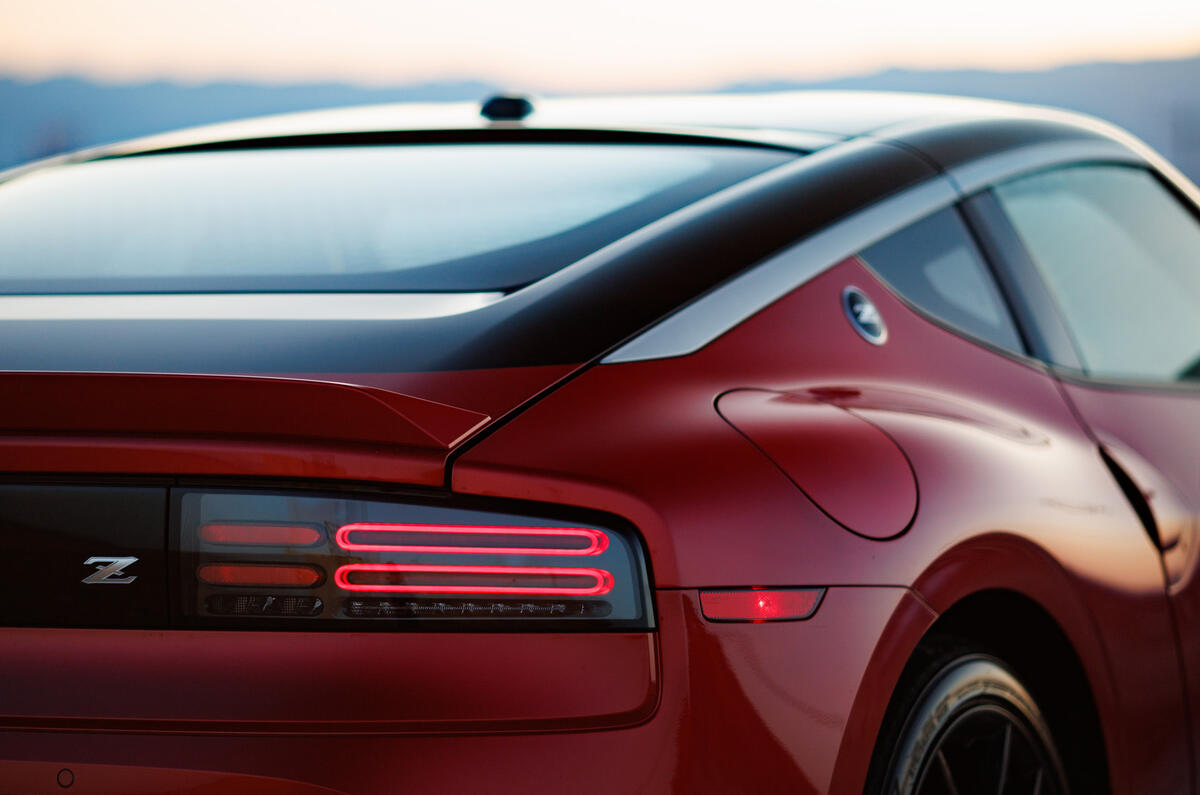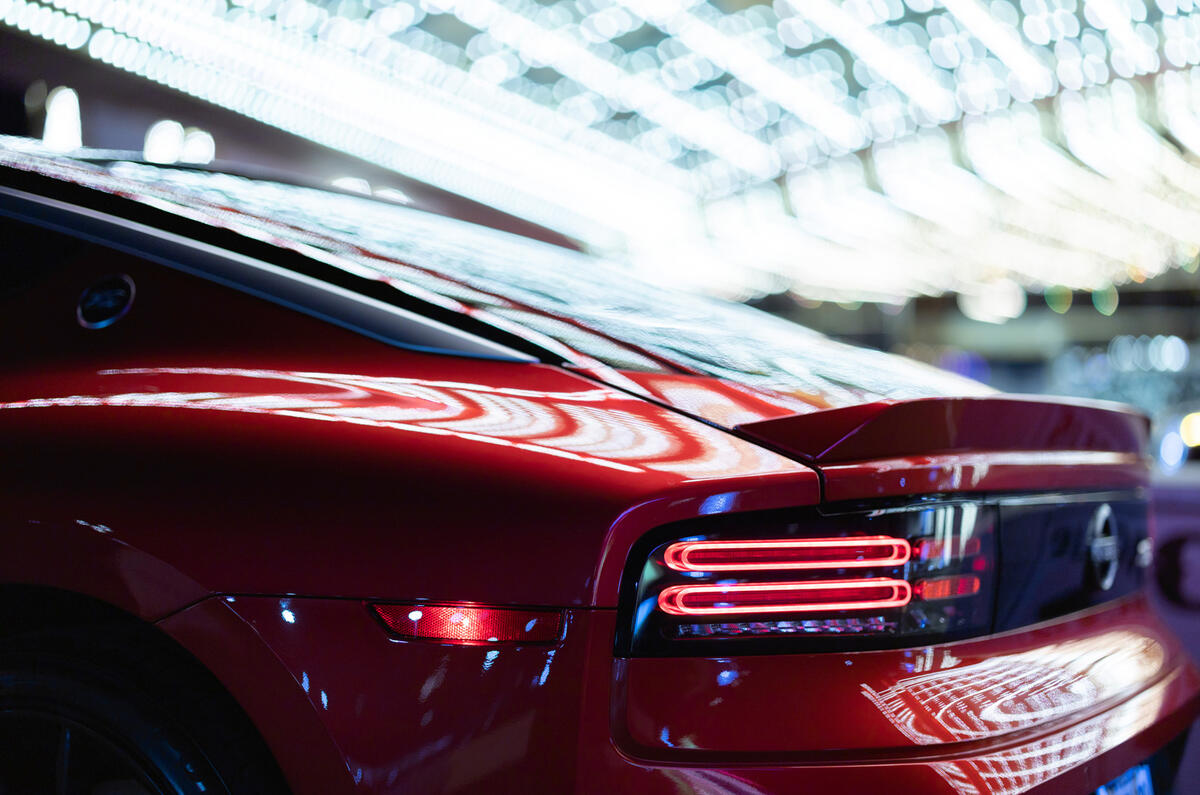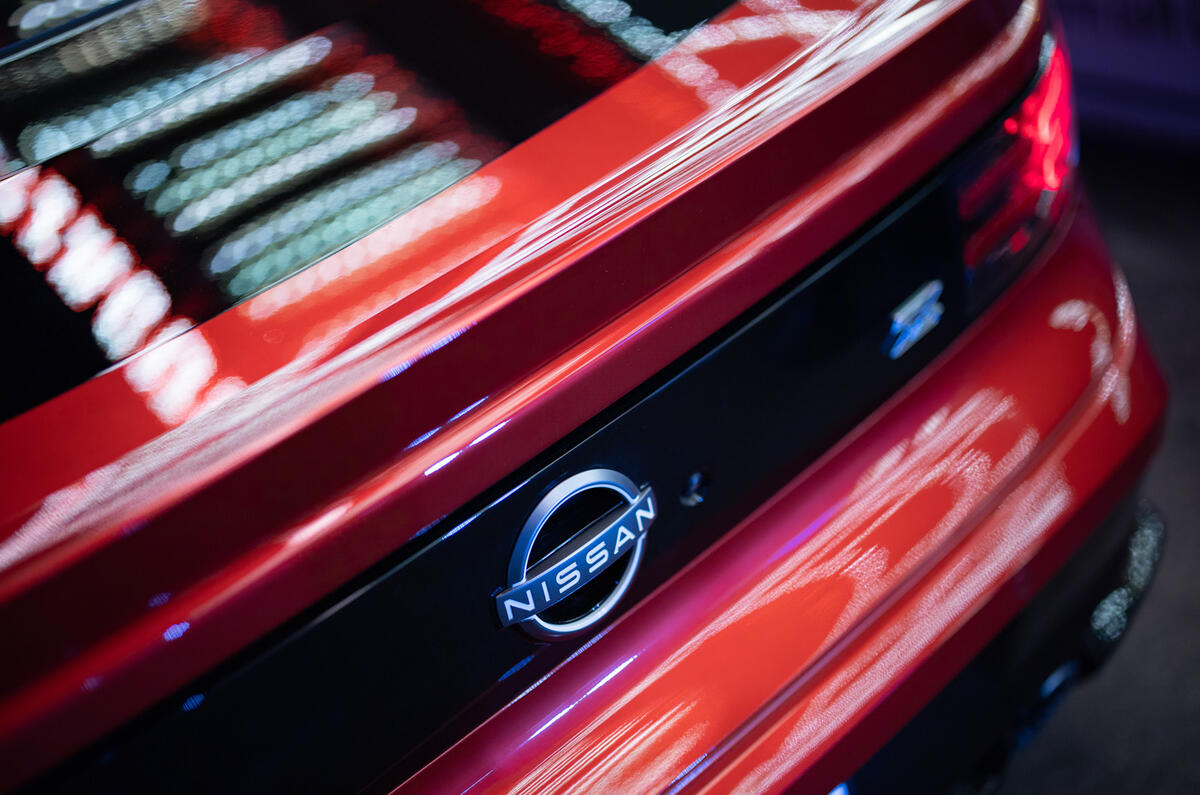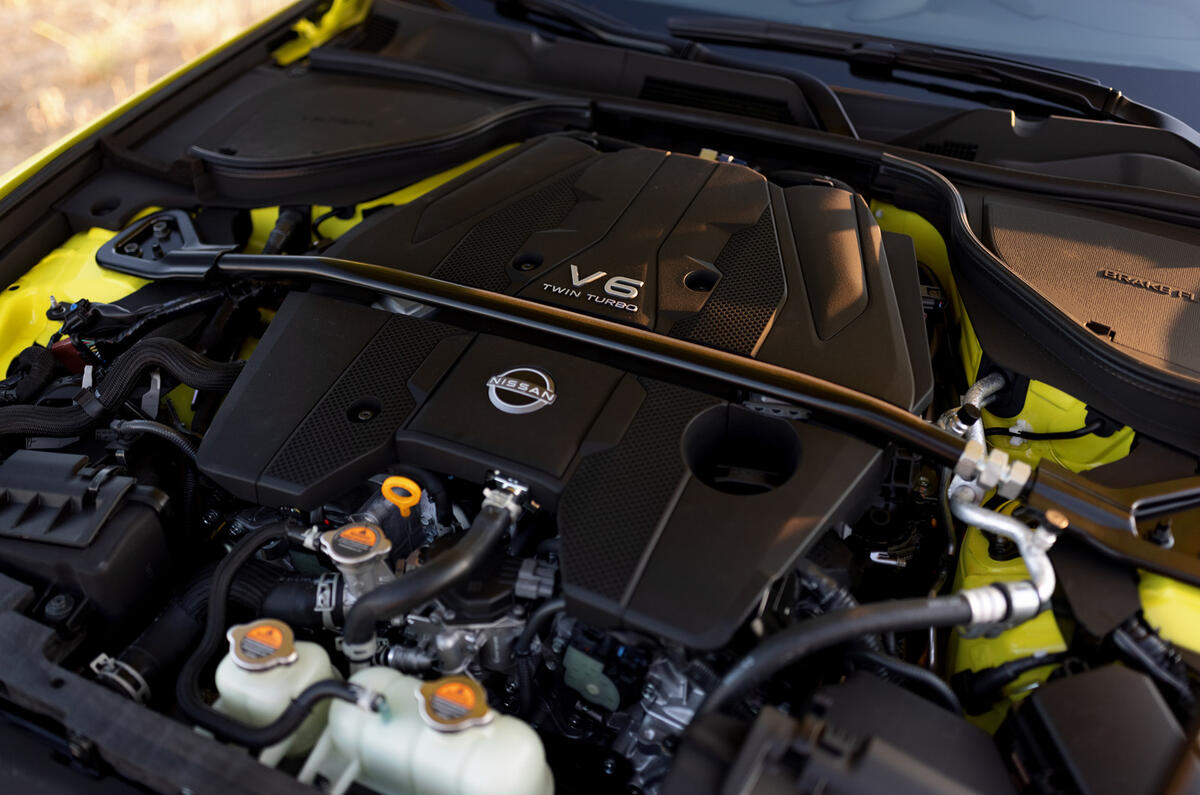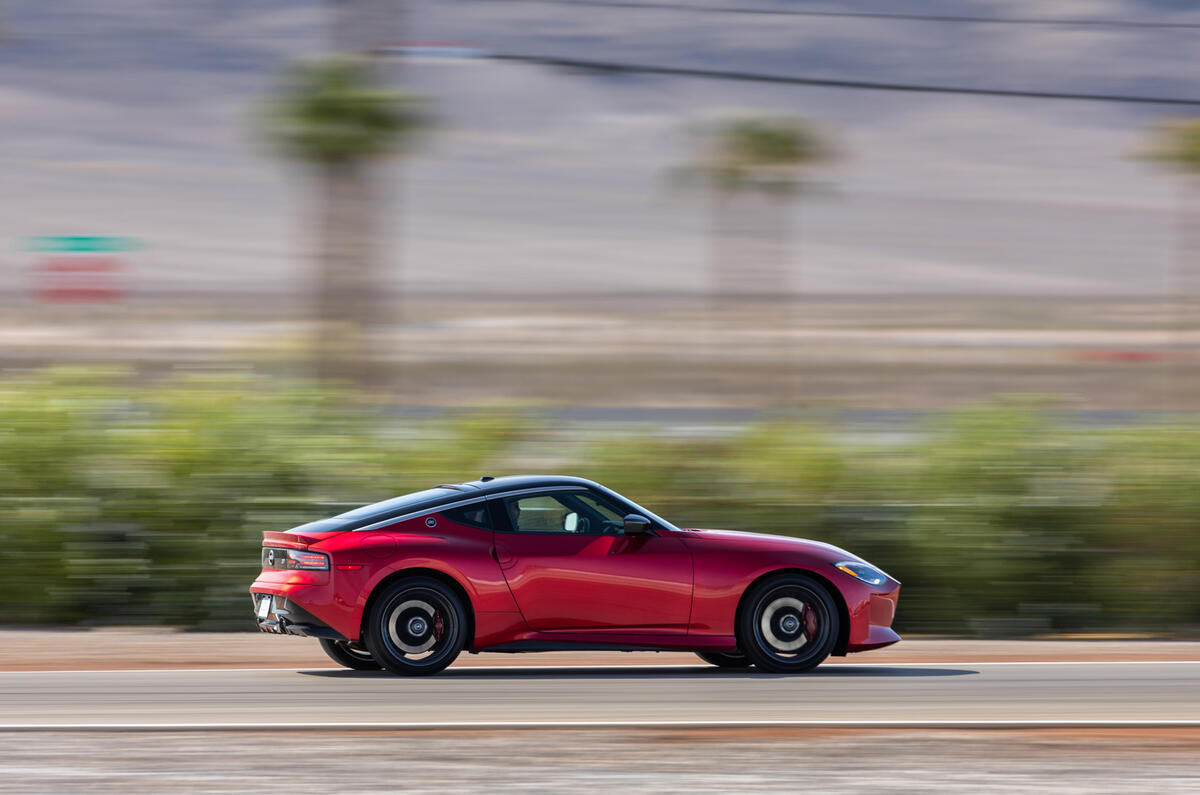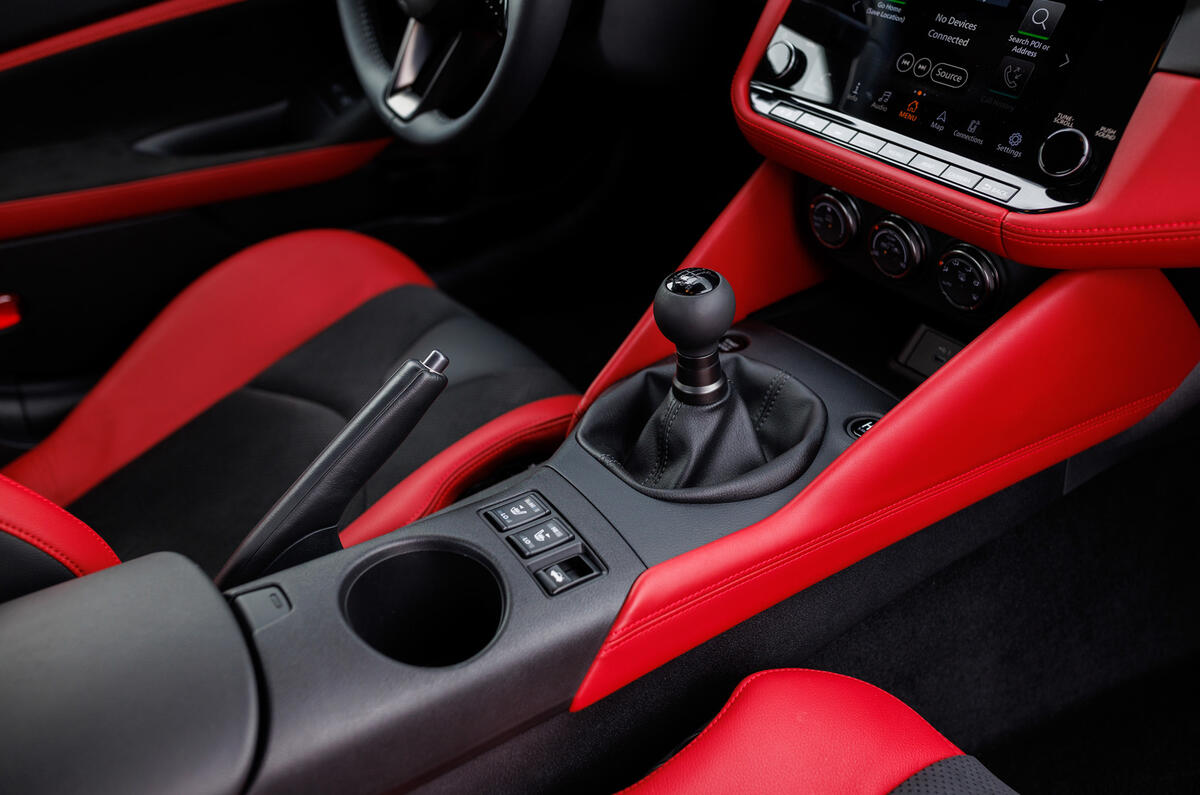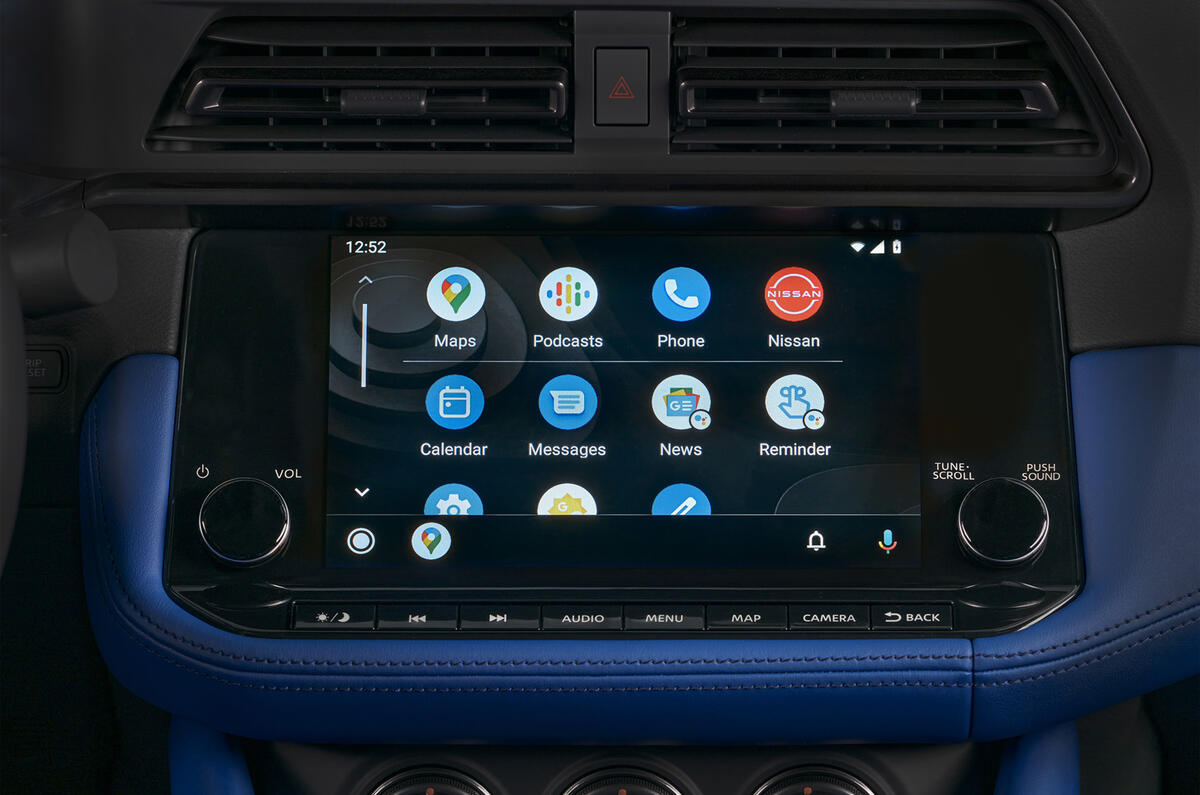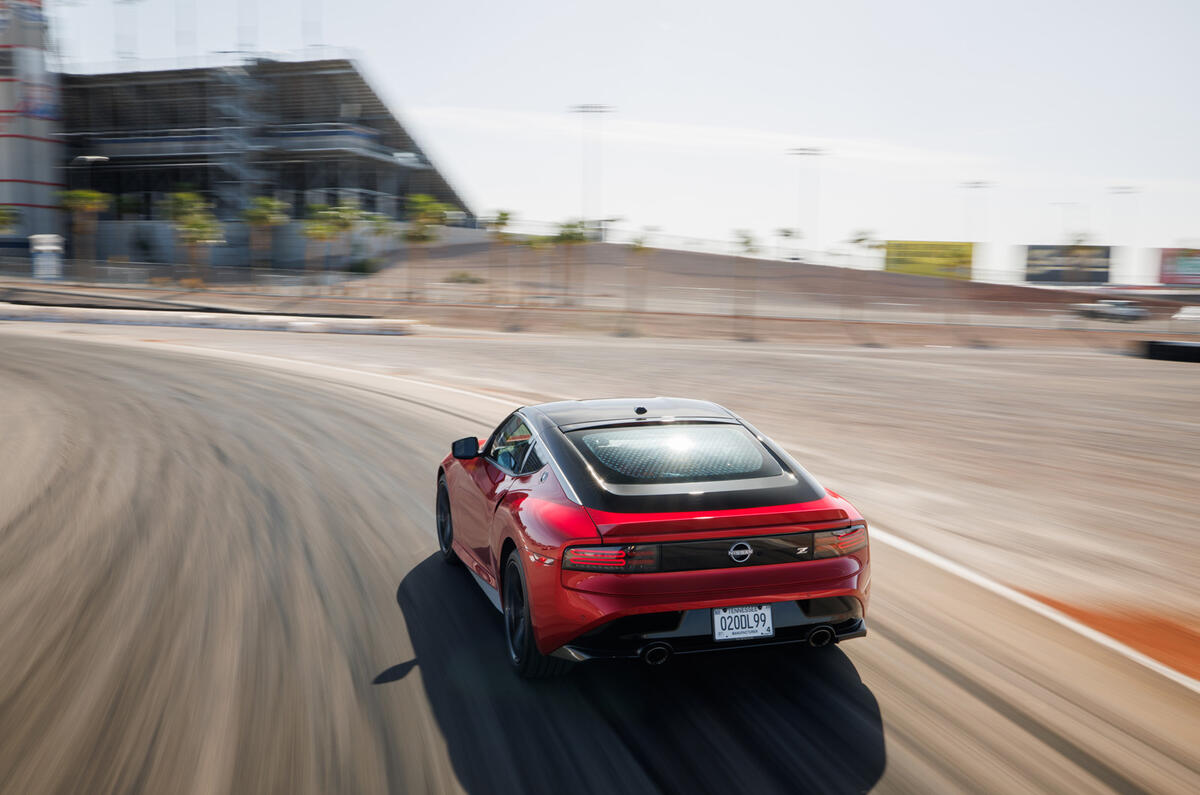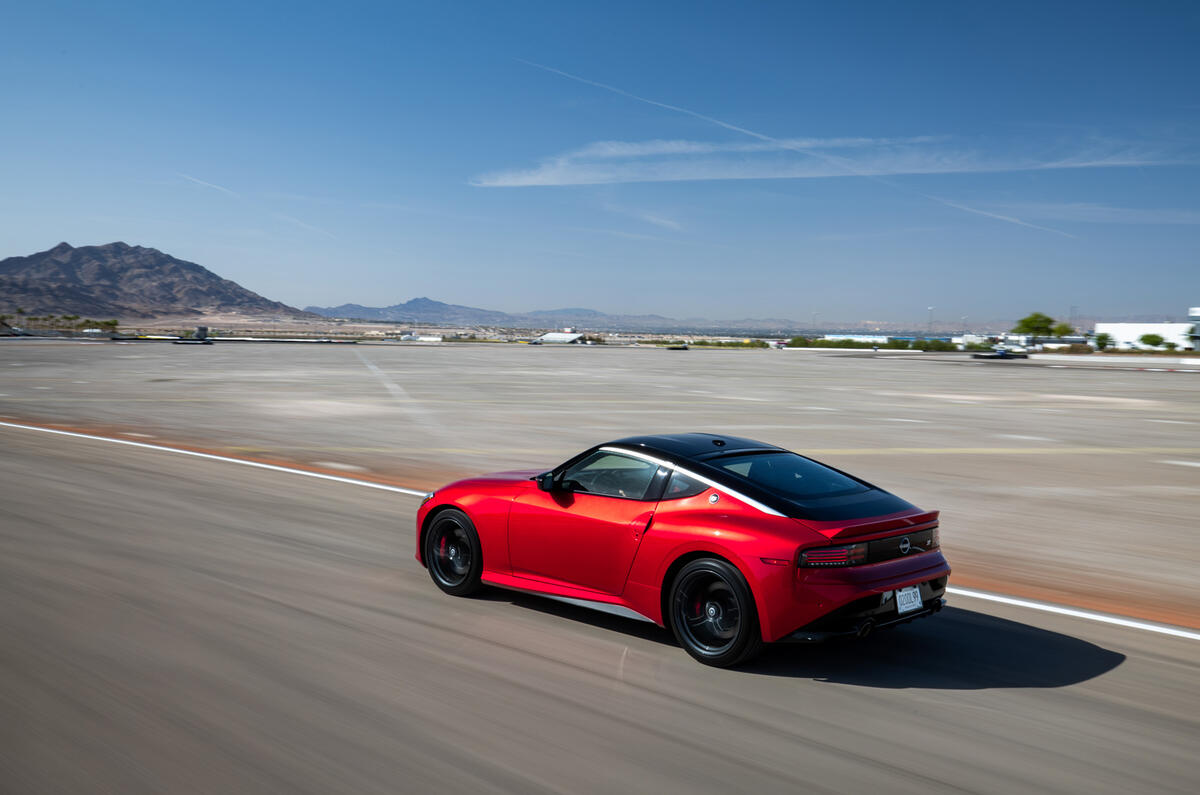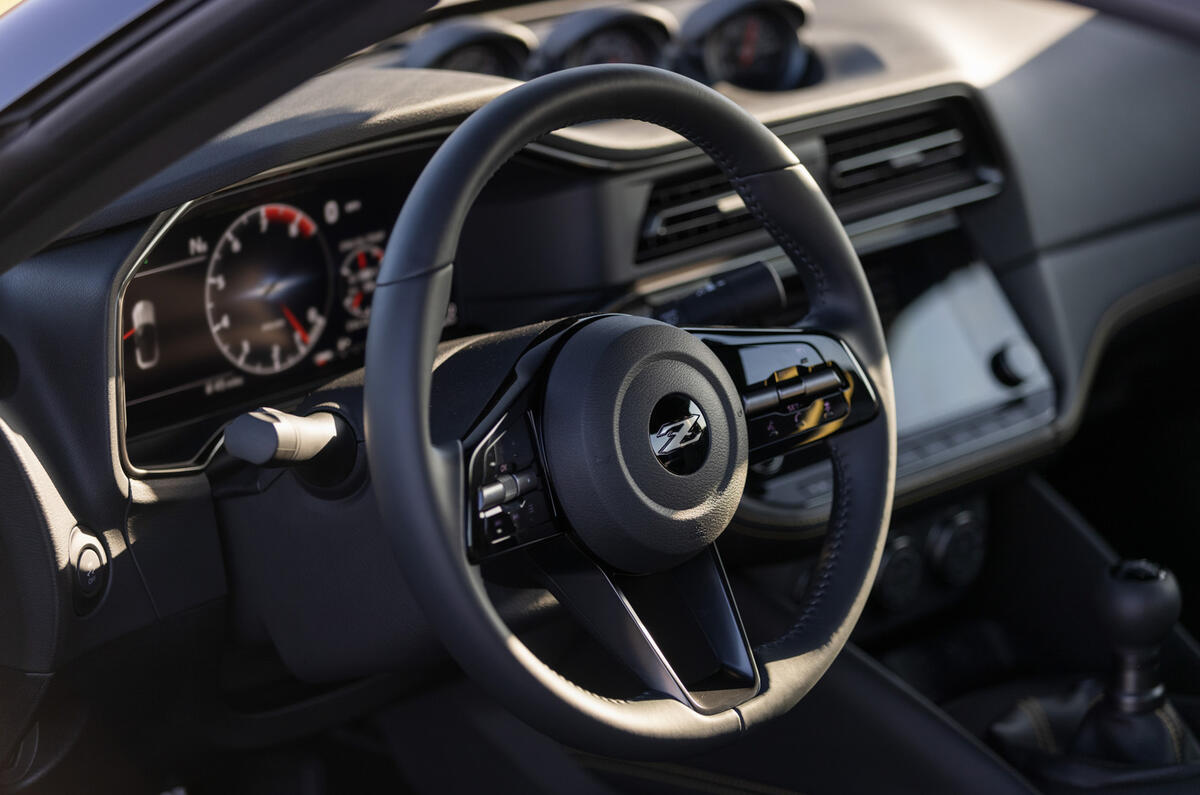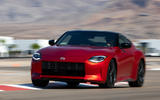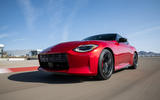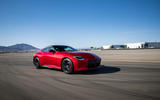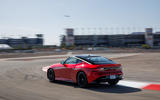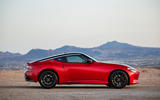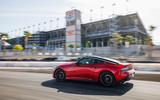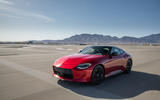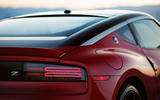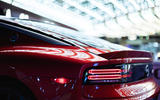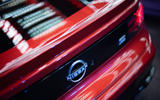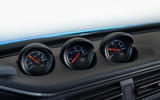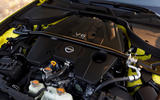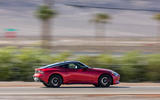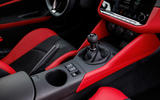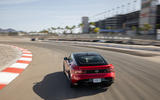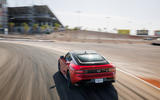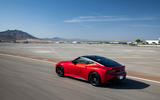The automotive world has changed a huge amount in the past two decades, especially when it comes to affordable sports cars.
It’s a shock to realise that it’s now 20 years since the Nissan 350Z was introduced, especially for those of us old enough to have have attended the original media presentation in California. Yet the new Nissan Z, which we’ve also met in the US, is only two generations removed from that car and much more similar than it is different.
Back in 2002, the 350Z felt like a renaissance car for Nissan, an affordable two-seat sports coupé that combined punchy V6 power with rear-wheel drive and a handsome exterior, this styled by a young designer from Leicester called Ajay Panchal. The driving experience lacked high levels of finesse, but the 350Z’s combination of strong performance and fun, tail-happy handling won it fans around the world.
But as times and tastes changed, the Nissan didn’t. The 370Z arrived in 2009, and although it was wider and had a slightly plusher cabin, the basics remained as before: a naturally aspirated V6 up front sending drive to the back. It sold well enough for Nissan to keep making it, and indeed to facelift it and create a hardcore Nismo variant, but never in volumes that would allow any significant investment in a substantial update. It lasted 12 years, with its retirement marking the end of the Z-car line in Europe.


